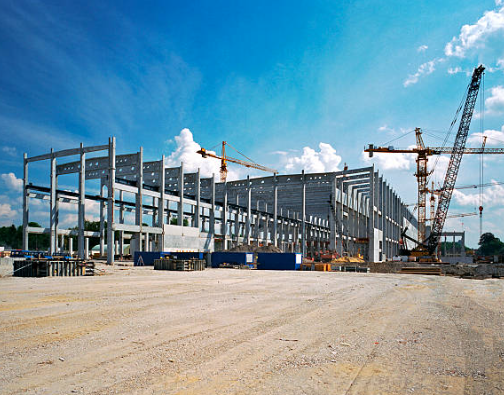
Posted on Wednesday, October 9, 2024
Prefabricated construction systems are revolutionizing the building industry by enabling faster, more efficient, and sustainable construction methods. At the heart of these systems are roll-formed components made from metal coils, which play a crucial role in shaping the future of construction. This blog explores how metal coils are utilized in prefabricated construction, focusing on their impact on strength, energy efficiency, and durability.
Metal coils are fundamental to the success of prefabricated construction systems, providing a range of roll-formed components that enhance the efficiency, strength, and sustainability of building projects. By selecting the right coil thickness, materials, and coatings, manufacturers can create durable and energy-efficient structures that meet the evolving demands of modern construction. As the prefabricated construction market continues to grow, the importance of high-quality metal coils will only increase, paving the way for innovative building solutions that are both economical and environmentally friendly.

Most Popular Roll Forming Machines in the United Kingdom
Posted on Thursday, December 11, 2025
This blog breaks down the five most in-demand roll forming machines in the UK

Can I Finance a Roll Forming Machine?
Posted on Thursday, December 11, 2025
Financing a roll forming machine is easier than most buyers think. Here’s how leases, loans, and payment plans make production affordable.

Roll Forming Machines for Sale in the UK: What Buyers Need to Know Before Purchasing
Posted on Thursday, December 11, 2025
This complete guide explains everything UK buyers must know before purchasing, including machine types, voltage requirements, CE/UKCA compliance

Roll Forming Machines for Sale in the USA: What Buyers Need to Know Before Purchasing
Posted on Wednesday, December 10, 2025
This guide explains everything U.S. buyers need to know before purchasing a roll forming machine, including machine types, pricing, voltage
Copyright 2026 © Machine Matcher.